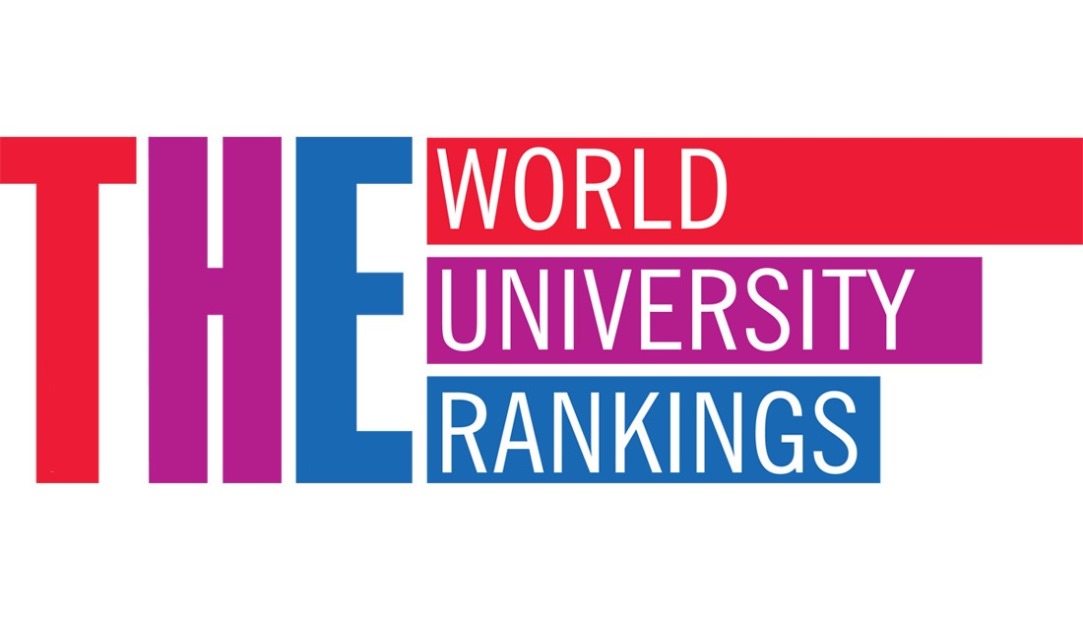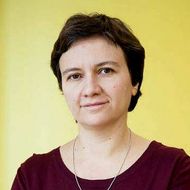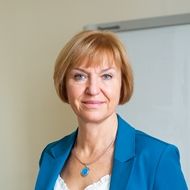HSE Enters Top 15% of THE Young University Rankings 2021

HSE University has improved its indicators of research, international outlook, and industry income in THE Young University Rankings. HSE University now ranks 57th among 475 international universities and is the only Russian university in the Top 100.
Research activity is the most significant indicator in the ranking, accounting for one third of the ranking criteria. The ranking also includes indicators such as academic reputation (12%), research income (9%), and research productivity (9%). Despite the fact that it was founded less than 30 years ago, HSE University has gained a strong academic reputation.

Maria Yudkevich, HSE Vice Rector
HSE is a young and fast-growing university. In 2019, we crossed the threshold of 3,000 publications in Scopus a year, though many of us still remember a time when the number of such publications was a few dozen. For the publications of 2015-2019 (and this is precisely the period which the ranking uses), we received almost 100,000 citations! This means that our work not only meets the quality standards adopted in leading international journals, but is also noticed and sought out by the global academic community.
HSE has also managed to reinforce its international outlook despite the pandemic. The international outlook indicator includes sub-indicators such as a university’s share of international students, the share of international staff, and international collaboration (the share of publications co-authored with scholars from outside the country). The indicator of industry income, in which HSE also improved, refers to businesses’ willingness to pay for research conducted by a given university, as well as the university’s ability to attract funding on the market.

Irina Karelina, HSE Senior Director for Strategic Planning
In many countries, as part of various higher education development projects, there is a clear trend of university re-formatting — transforming not only universities’ internal environments, but reorganizing their structures and educational processes to meet new state policy goals.
It is therefore common to see universities on the Young University Rankings that are older than 50 but have been restructured considerably, such as the Sorbonne in France, NSU in Singapore, or federal universities in Russia. The ranking helps them track their new history of global development. There are also universities that have been founded over the last half century, as higher education start-ups, and these include Minerva University in the US, Maastricht University in the Netherlands, as well as HSE University, NES, and the European University in Russia.
The Young University Rankings are similar to institutional rankings, but its indicators are weighted differently. The reputation indicator, for example, is weighted less due to the fact that young universities are only beginning to build their reputations and accumulate bibliometric indicators.
It is difficult for a young university even to enter such a ranking, but HSE University is in the top 100 and even among the top 15% of such global universities.
The ranking was announced at THE Young Universities Summit, which was held in partnership with HSE University. It was the first time the event was conducted with support from a Russian university. Originally slated to be held on site at HSE University in 2020, the event was moved due to the pandemic. This year, it was decided to hold a virtual summit, open to representatives of any international university without a registration fee. Over 900 participants from 93 countries registered for the summit. The main topic of the summit was ‘Transforming the Future: New Visions of Young Universities’.
The THE Young Universities ranking is a projection of the general THE institutional ranking on the group of young universities, and includes the same performance indicators, recalibrated in terms of their impact factor. Traditionally, reputation accounts for 33% in the THE University Rankings, but since a young university needs more time for public and academic acknowledgment, this indicator has a lower impact in the young university ranking (22%).
Maria M. Yudkevich

